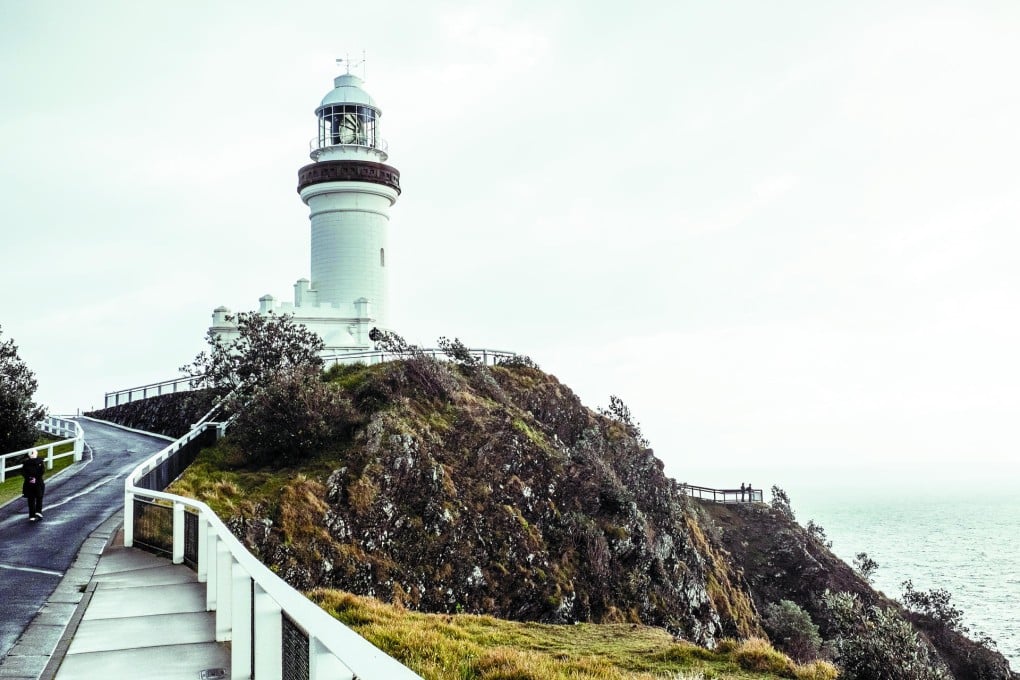Byron Bay a place to release your inner bohemian
Australian haunt is known for its beaches and hippy vibe. But, as Kate Laytham learns, the lush hinterland is not to be outdone. Pictures by Glen Pearson.

A small crowd has formed at the top of the lighthouse in Byron Bay, mainland Australia's most easterly point, staring intently at the expanse of blue beyond.
"There!" someone shouts, pointing excitedly, as the humpback whale launches itself out of the water and comes crashing down. The crowd coos its appreciation of the mammal's majestic breach while, closer to shore, surfers catch curling waves and people walk, jog, play or just lay on the vast stretch of sand below.
The area was known as Cavvanbah ("meeting place") to its original inhabitants, but James Cook sailed past in 1770 and renamed the headland in northern New South Wales after renowned navigator John Byron. Cedar-cutters and farmers settled here in the 1880s, followed by whalers in the 1950s (for a thankfully brief eight years) and surfers in the 60s, lured by the perfect breaks at The Pass. Hippies arrived in the 70s, setting up camp in the hinterland (most famously in Nimbin, which hosts an annual Mardi Grass festival calling for the legalisation of cannabis) and creating an alternative vibe that can still be keenly felt.
In the mid-80s, filmmakers and writers moved in. The were led by Crocodile Dundee himself, actor Paul Hogan, and followed by cashed-up "sea-changers" looking for an alternative to city life. Since then, the laid-back town, and the glorious countryside that surrounds it, has become one of Australia's most exclusive property enclaves and a holiday mecca for everyone from backpackers to A-list celebs, such as model Elle Macpherson and entrepreneur Richard Branson.

That's not to say Byron doesn't have its detractors; those who think it's become too popular - the town of 9,000 inhabitants attracts about 1.7 million visitors a year - and perhaps a touch too pretentious. The same, though, cannot be said for its surroundings.